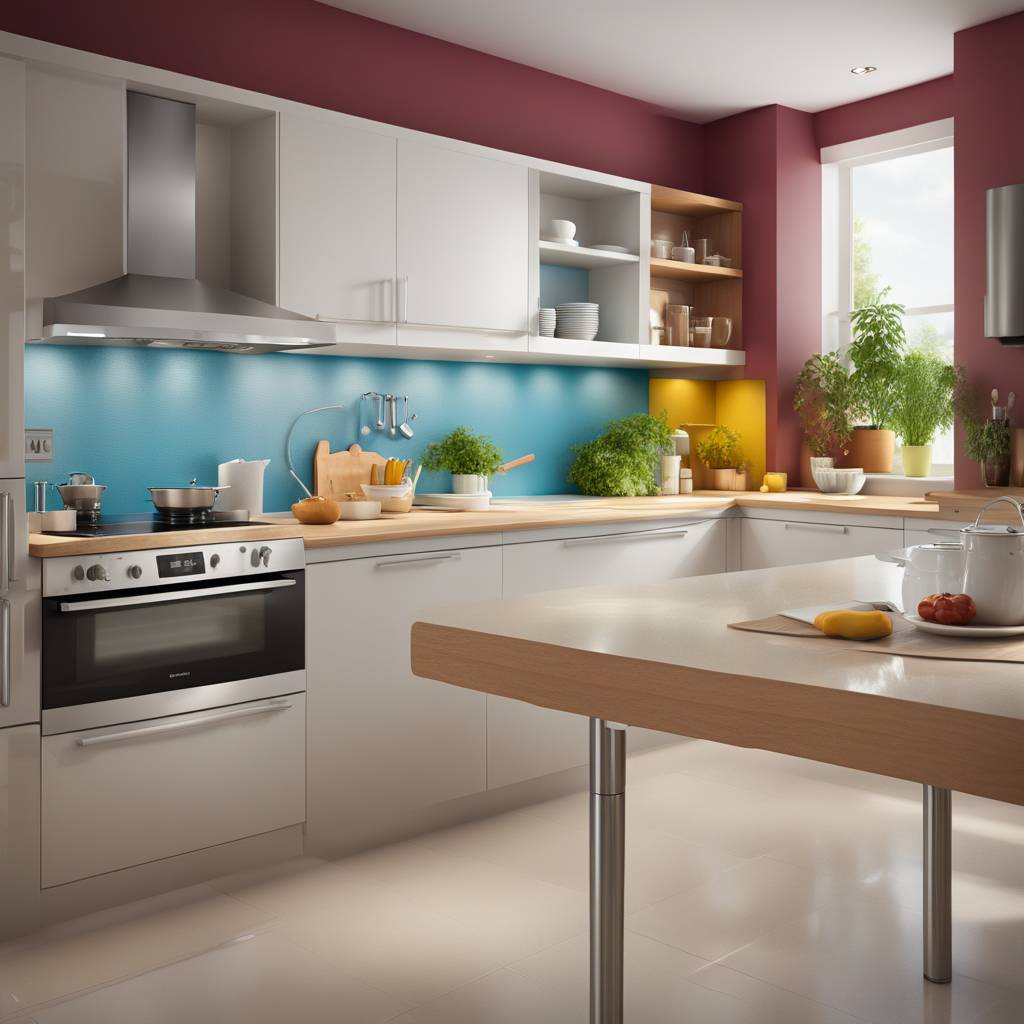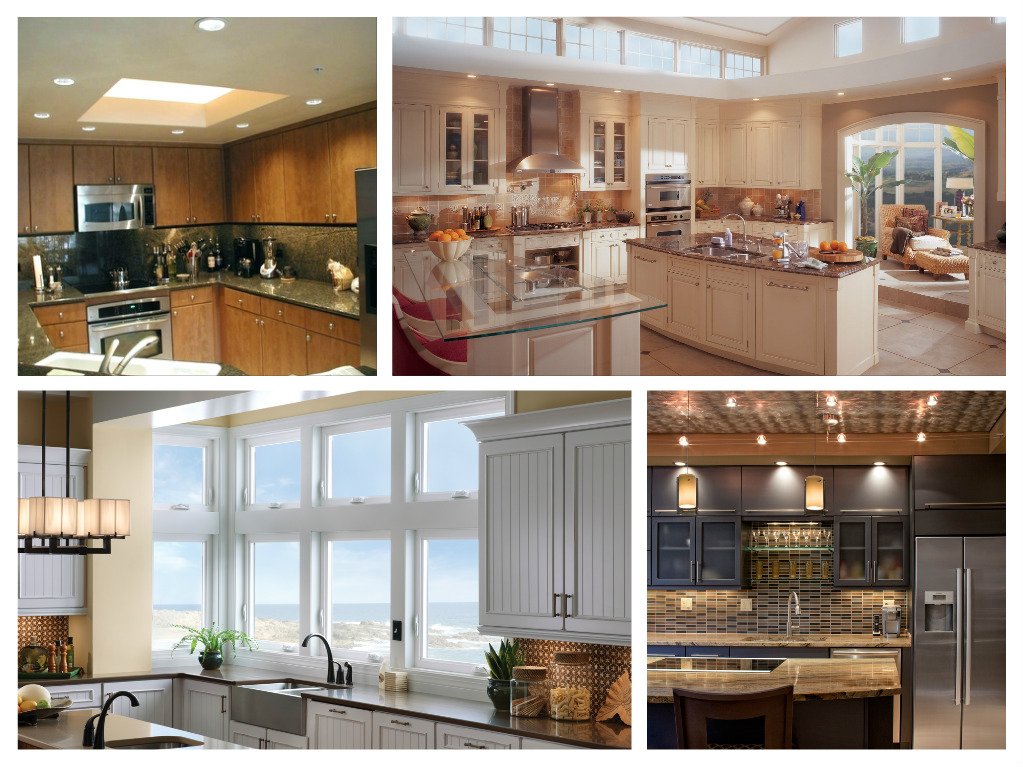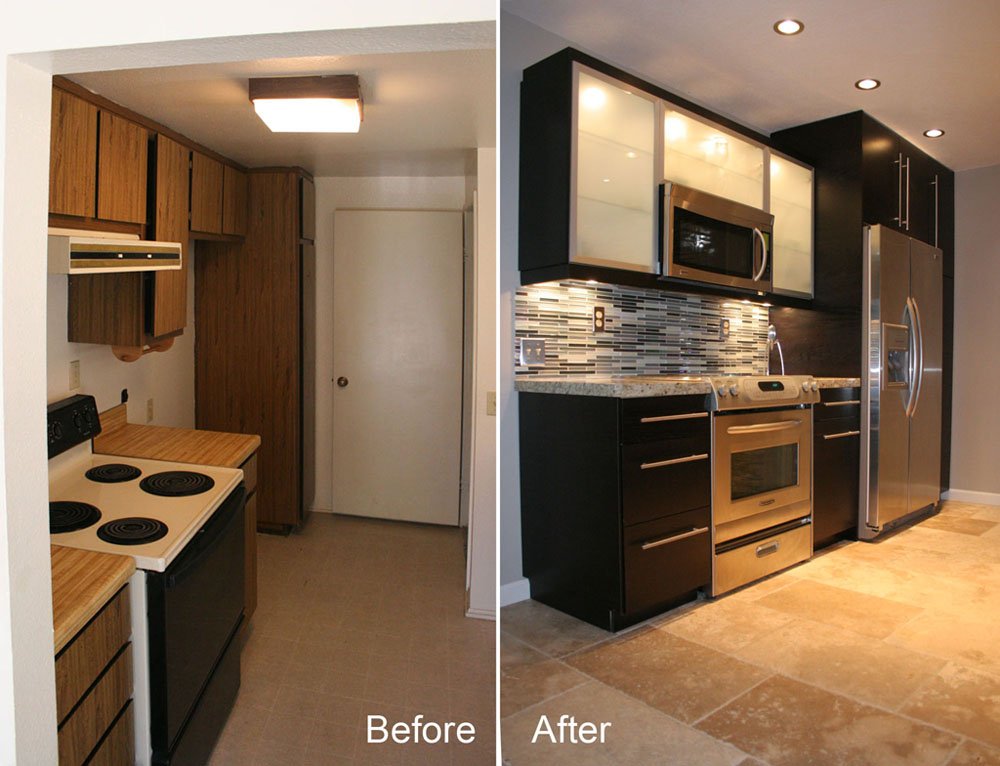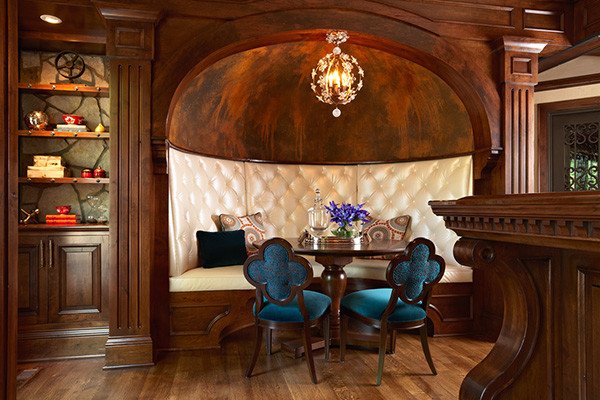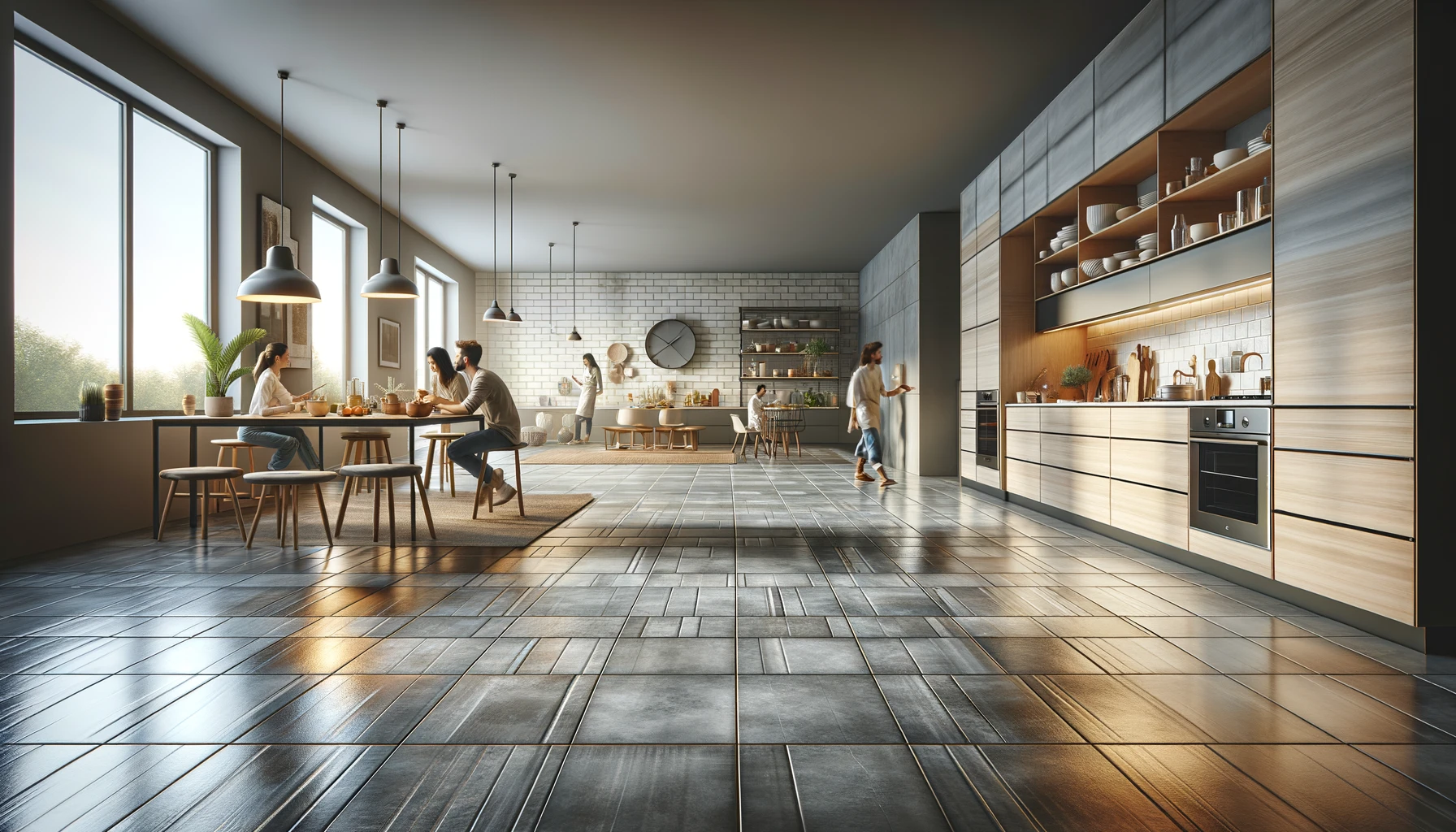The choice of surfaces, patina, pores, and antimicrobial protection plays a crucial role in battling germs and bacteria in your kitchen.
From cutting boards to countertops, we’ll explore a range of options designed to inhibit the growth of microorganisms. With these surfaces, you can bid farewell to constant scrubbing and disinfecting. Say hello to convenience and peace of mind as we uncover the top choices for creating a healthier environment in one of the most important areas of your home.
Key Takeaways
- Consider using quartz countertops with antimicrobial properties for a healthier kitchen environment.
- Regularly clean and maintain quartz countertops to maximize their antimicrobial benefits.
- Explore other antimicrobial materials such as laminate and cultured marble for various surfaces in your kitchen and bathroom.
- When choosing flooring, opt for materials with built-in antimicrobial features to minimize the spread of germs.
- Prioritize the installation of antimicrobial surfaces in areas prone to moisture and frequent contact to reduce the risk of bacterial growth.
- Stay informed about the latest advancements in antimicrobial technology to make well-informed decisions for your kitchen and bathroom surfaces.
Antimicrobial Surfaces in Kitchens
Importance of Hygiene
Maintaining hygiene in the kitchen is essential for a healthy environment. It plays a crucial role in preventing foodborne illnesses. A hygienic kitchen surface significantly reduces the risk of bacterial contamination, ensuring that the food prepared on it remains safe for consumption.
Antimicrobial surfaces are designed to minimize the spread of germs in the kitchen. By inhibiting the growth of bacteria, brass surfaces effectively reduce cross-contamination and help maintain a safer food preparation area. For example, countertops with antimicrobial properties can prevent harmful bacteria from lingering and spreading when preparing meals.
Minimizing Germs
The demand for antimicrobial kitchen surfaces has been fueled by an increasing focus on health and cleanliness during home renovations. Homeowners are seeking antimicrobial options as part of their kitchen upgrades to ensure a more hygienic cooking space. This growing trend reflects an understanding of the importance of minimizing germs in kitchens to promote healthier living environments.
Benefits of Quartz Countertops
Nonporous Nature
Quartz countertops are antimicrobial kitchen surfaces to consider due to their nonporous nature. This means that they do not absorb liquids and bacteria, which inhibits bacterial growth and makes cleaning easier. For instance, when you spill raw meat juices on a quartz countertop, the surface won’t absorb the liquid, preventing harmful bacteria from lingering.
The nonporous characteristic of antimicrobial surfaces provides an added layer of protection against germs. Unlike porous materials like wood or laminate, quartz doesn’t allow bacteria to seep into its surface. This feature is crucial for maintaining a hygienic kitchen environment where food preparation takes place.
Ease of Cleaning
Another advantage of quartz countertops as antimicrobial surfaces is their ease of cleaning. Their smooth texture allows for quick and efficient cleaning with minimal effort. When wiping down a quartz countertop with mild soap and water, there’s no need to scrub vigorously because the smooth surface facilitates easy removal of spills and stains.
The ease of cleaning these antimicrobial surfaces contributes significantly to maintaining a hygienic kitchen space by eliminating potential breeding grounds for harmful microorganisms such as E.coli or Salmonella. By reducing the effort required for cleaning, quartz countertops offer convenience in keeping your kitchen clean and safe for food preparation.
Heat Resistance
In addition to being antimicrobial, quartz countertops also offer high heat resistance, making them suitable for kitchens where cooking activities take place regularly. The ability to withstand high temperatures adds durability to kitchen countertops made from this material.
For example, placing hot pots or pans directly onto a quartz countertop won’t cause damage or discoloration due to its exceptional heat resistance properties. This feature enhances the longevity of antimicrobial surfaces, ensuring that they remain both functional and aesthetically pleasing over time despite exposure to varying temperatures during cooking and baking activities.
Quartz Varieties for Kitchens
Popular Colors
Antimicrobial kitchen surfaces come in a wide array of popular colors to suit various kitchen designs. From classic neutrals like white and gray to bold hues like black or navy, there are numerous color options available. This allows homeowners to personalize their kitchen spaces according to their taste and style preferences. For instance, if someone prefers a modern, sleek look for their kitchen, they can opt for a crisp white antimicrobial quartz surface. On the other hand, those who want a more dramatic effect might choose a deep charcoal or black option.
These popular colors ensure that homeowners have the flexibility to match the antimicrobial surfaces with their existing kitchen decor or use them as an opportunity to introduce new accent colors into the space. This versatility enables individuals to create cohesive and visually appealing kitchens that reflect their personal style while also benefiting from the antimicrobial properties of these surfaces.
Versatility in Design
. They can mimic the luxurious look of natural materials such as marble or wood while providing durability and ease of maintenance that surpasses these traditional materials. For example, individuals who desire the elegance of marble but are concerned about its susceptibility to staining may opt for an antimicrobial quartz surface that closely resembles marble but offers enhanced practicality.
Moreover, this level of design flexibility ensures that antimicrobial surfaces complement any kitchen style – be it contemporary, traditional, industrial chic, or farmhouse-inspired. Homeowners no longer need to compromise on aesthetics when choosing functional and hygienic countertop solutions for their kitchens.
Installation and Maintenance of Quartz
Installation Process
The installation process for antimicrobial kitchen surfaces to consider involves precise measurements and professional expertise. Professional installation is crucial for ensuring that the antimicrobial properties are fully optimized. By having experts handle the installation, you can be confident in the effectiveness and longevity of your antimicrobial surface. For instance, when installing quartz countertops with antimicrobial properties, professionals will take accurate measurements to ensure a perfect fit.
Proper installation is essential for maximizing the benefits of these surfaces. It ensures that every nook and cranny is covered, leaving no room for bacteria or germs to thrive. This meticulous process also guarantees a seamless integration with other kitchen elements like sinks and backsplashes, further enhancing the overall hygiene of your kitchen space.
Repair and Care
Regular care and maintenance are necessary to preserve the antimicrobial properties of these surfaces over time. To uphold their integrity, minor repairs may be required periodically as part of routine maintenance practices. For example, wiping down quartz countertops with mild soap regularly helps maintain their antimicrobial features by preventing buildup of dirt or grime that could compromise their effectiveness.
Understanding proper care procedures is vital for prolonging the lifespan of antimicrobial surfaces in kitchens. By following manufacturer-recommended cleaning methods and using gentle yet effective products, you can ensure that your quartz countertop retains its antimicrobial capabilities throughout its lifespan without degradation.
Antimicrobial Properties of Countertops
Understanding Technology
Understanding the antimicrobial properties of kitchen surfaces involves familiarizing oneself with the technology behind these features. By comprehending the science that drives antimicrobial surfaces, homeowners can better appreciate their effectiveness. For instance, knowing how certain materials or coatings inhibit the growth of bacteria and other microorganisms helps in making informed decisions when selecting these surfaces.
Knowledge about the technology empowers homeowners to leverage the full potential of antimicrobial properties. For example, understanding how a specific countertop material prevents bacterial growth allows for more effective cleaning and maintenance practices. This knowledge also enables individuals to communicate effectively with manufacturers or contractors regarding any concerns or issues related to antimicrobial features.
Other Antimicrobial Materials
Porcelain Options
Porcelain is a top choice for creating antimicrobial kitchen surfaces. Its durability and versatility make it an ideal option for integrating antimicrobial benefits seamlessly into the kitchen. For instance, porcelain tiles not only withstand high traffic but also offer built-in protection against harmful microbes, ensuring a clean and safe environment. Homeowners seeking effective antimicrobial solutions can rely on porcelain to provide durable and resilient surfaces that actively combat the spread of bacteria.
Porcelain offers a wide range of design options, from sleek modern styles to classic patterns, allowing homeowners to customize their kitchens while benefiting from its inherent antimicrobial properties. This versatile material ensures that both aesthetic appeal and practicality are met without compromising on hygiene standards.
Solid Surface Types
Solid surface materials such as quartz and acrylic are excellent choices for homeowners looking to incorporate antimicrobial protection in their kitchens. These materials not only offer robust options but also come with integrated antimicrobial properties that enhance overall cleanliness.
Quartz countertops, for example, provide a seamless blend of aesthetics and functionality while offering superior resistance to bacteria growth. Their non-porous nature prevents the accumulation of harmful microorganisms, making them an ideal solution for maintaining hygienic kitchen environments.
Similarly, acrylic solid surface options present homeowners with durable solutions that prioritize cleanliness without sacrificing style or performance. These materials ensure ease of maintenance while effectively inhibiting microbial proliferation in the kitchen space.
In addition to providing reliable protection against bacterial contamination, these solid surface types contribute significantly to the overall aesthetic appeal of the kitchen area by offering various color choices and finishes that complement different design preferences.
Laminate as an Antimicrobial Surface
Visual Appeal
Antimicrobial kitchen surfaces are designed to not only maintain cleanliness but also elevate the visual appeal of the kitchen. High-definition features in these surfaces play a crucial role in achieving this dual purpose. For instance, laminate countertops with antimicrobial properties offer stunning high-definition patterns and textures that enhance the overall aesthetics of the kitchen. These visually appealing surfaces come in a wide range of designs, from marble and granite to wood and abstract patterns, allowing homeowners to choose options that complement their kitchen decor while ensuring hygiene.
The combination of antimicrobial properties with high-definition features makes laminate an excellent choice for kitchens. The beautiful appearance doesn’t compromise on cleanliness; instead, it complements it by creating visually stunning yet hygienic kitchen environments. This is particularly beneficial for homeowners who prioritize both style and functionality in their living spaces. By choosing antimicrobial laminate surfaces, they can enjoy a beautiful kitchen while having peace of mind about maintaining a clean and safe cooking area for their family.
Hygiene Benefits
The high-definition characteristics of antimicrobial laminate contribute significantly to creating visually stunning yet hygienic kitchen environments. These surfaces are engineered with innovative technologies that inhibit the growth of bacteria, mold, and mildew on the countertop’s surface. As a result, they provide an additional layer of protection against harmful microbes commonly found in kitchens.
Moreover, when considering other antimicrobial materials such as stainless steel or copper, laminate stands out due to its ability to offer diverse design options without compromising on hygiene benefits. While stainless steel may provide excellent antibacterial properties due to its non-porous nature, it lacks the aesthetic versatility offered by laminates’ high-definition features.
Cultured Marble in Bathrooms
Advanced Protection
Antimicrobial kitchen surfaces to consider include antibacterial slabs, which provide advanced protection against harmful bacteria. These slabs are specifically designed to ensure a safer food preparation area in kitchens. The embedded antibacterial properties actively combat microbial growth, promoting a healthier living environment.
The use of antibacterial slabs offers an additional layer of defense against harmful pathogens commonly found in kitchens. For instance, these surfaces can help prevent the spread of E. coli and Salmonella, ensuring that your kitchen remains a safe and hygienic space for meal preparation. By choosing antimicrobial materials like antibacterial slabs, you can significantly reduce the risk of foodborne illnesses caused by bacterial contamination.
Healthier Living Environment
By incorporating antibacterial slabs into your kitchen design, you create a healthier living environment for yourself and your family. These specialized surfaces work continuously to inhibit the growth of bacteria on countertops and other food preparation areas. This means that you can have peace of mind knowing that your kitchen is equipped with an effective defense mechanism against harmful microbes.
In addition to providing protection against bacteria commonly found in kitchens, antibacterial slabs also contribute to maintaining overall cleanliness in the space where meals are prepared daily. With these surfaces, you minimize the risk of cross-contamination between different foods as well as reduce the potential for mold or mildew growth due to moisture accumulation.
Flooring with Antimicrobial Features
Material Selection
When considering antimicrobial kitchen surfaces, the careful selection of materials is crucial. Homeowners must choose materials that align with their specific functional and aesthetic requirements. The right material ensures a balance between hygiene, durability, and visual appeal in kitchens. For example, quartz countertops are not only visually appealing but also naturally resistant to bacteria growth, making them an excellent choice for antimicrobial surfaces.
Material selection plays a pivotal role in determining the overall performance and appearance of antimicrobial kitchen surfaces. For instance, stainless steel is a popular choice due to its non-porous nature which inhibits the growth of bacteria and mold. On the other hand, copper possesses inherent antimicrobial properties that can actively eliminate certain harmful microbes on contact.
Maintenance Tips
To maintain the effectiveness of antimicrobial properties on kitchen surfaces, regular cleaning using mild soap and water is essential. This routine upkeep helps preserve the hygienic benefits offered by these specialized surfaces while ensuring their longevity. Avoiding harsh chemicals or abrasive cleaners during maintenance routines is crucial as they could compromise the integrity of antimicrobial features.
Following recommended maintenance tips extends the longevity of antimicrobial kitchen surfaces effectively while preserving their hygienic benefits. For example, regularly applying a food-safe sealant to natural stone countertops such as granite helps protect against stains and bacterial infiltration while maintaining its antimicrobial properties.
Summary
You’ve learned about the various antimicrobial surfaces suitable for kitchens and bathrooms, with a focus on the benefits of quartz countertops. From exploring different quartz varieties to understanding the antimicrobial properties of countertops, you now have valuable insights into creating cleaner and safer living spaces. We delved into alternative materials such as laminate and cultured marble, as well as flooring options with antimicrobial features.
As you consider upgrading your kitchen or bathroom surfaces, remember to prioritize not just aesthetics but also hygiene. Choosing antimicrobial materials can contribute to a healthier environment for you and your family. Whether it’s for a renovation or a new construction project, make informed decisions that align with your goal of maintaining a clean and germ-free living space.
Frequently Asked Questions
What are the benefits of using antimicrobial surfaces in kitchens?
Antimicrobial surfaces help reduce the spread of harmful bacteria and provide a cleaner environment for food preparation. They offer peace of mind by minimizing the risk of contamination, promoting a healthier kitchen space.
Which materials have natural antimicrobial properties for kitchen countertops?
Quartz, granite, and copper are known for their natural antimicrobial properties. These materials inhibit the growth of bacteria, making them ideal choices for kitchen surfaces where hygiene is crucial.
How do I maintain the antimicrobial properties of my countertops?
Regular cleaning with mild soap and water is usually sufficient to maintain the antimicrobial properties of your countertops. Avoid harsh chemicals that could degrade these properties and follow manufacturer guidelines for specific maintenance instructions.
Can laminate be an effective antimicrobial surface in kitchens?
Laminate can be an effective option when treated with special antibacterial coatings. While not as naturally antimicrobial as other materials, properly treated laminate can still offer hygienic benefits in a kitchen setting.
Are there any flooring options with built-in antimicrobial features?
Yes, some flooring options come with built-in antimicrobial features such as certain types of vinyl or cork flooring. These materials are designed to inhibit the growth of mold, mildew, and bacteria on the surface.
